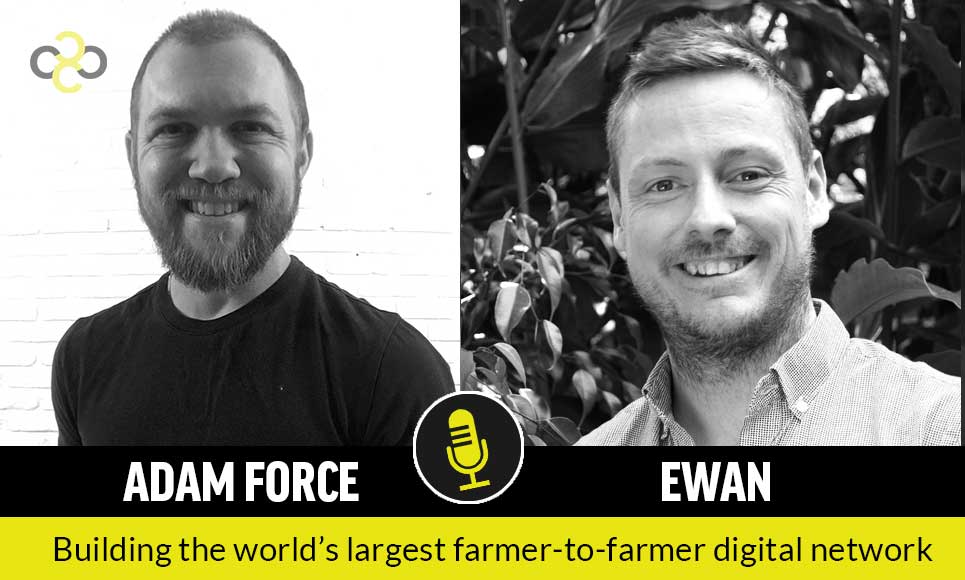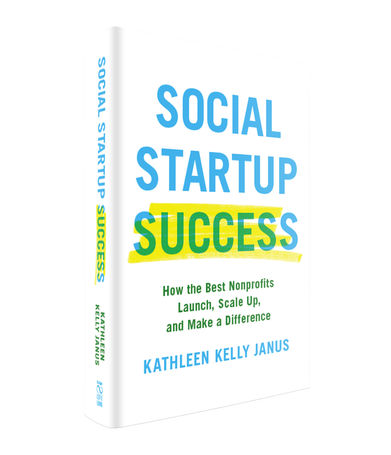Even as a small business, you certainly have aspirations to expand and it might be a good idea to leverage your existing (and growing) data as well.
You probably already have a sizeable dataset and the key question is to what extent are you taking advantage of it or not at all – yet.
As a Change Creator, you most likely want to be cautious about your time and resources – what activities you invest in, spend your time on and what offers the best ROI (return on investment).
We are going to have a look at a few selected tools, which we believe should be contributing to data insights, which will subsequently have positive impact on your commercial objectives.
Which tools: simple use and commercial impact
First of all, you want to have a so-called 360 degrees view of your customer – some basic data about the customer or prospect, purchase history, record of previous phone conversations, etc.
When it comes to customer view, we would recommend a very user-friendly CRM (customer relationship management) system – Zoho CRM, which has a free version (very good actually) or if you want some more bells and whistles, it is about $30 USD per user/per month.
You literally just log in and start managing your accounts, contacts, leads, opportunities – no training needed, everything quite self-explanatory.
We have seen plethora of CRMs, but in terms of site navigation, usability and graphical interface, Zoho might probably be the best – and the price (free), of course = important fact to take into account.
If advanced reporting and dashboards is your thing, then you might want to consider a BI (business intelligence) system on top of CRM as well – for many Excel will do – however to be able to utilize the advanced features of Excel, you probably need to have a fair analyst skillset. If you have those skills, why not to avail of what Excel has to offer. This is an unlikely scenario though – you are an entrepreneur, wary of your time, focusing on revenue and not spending hours playing around with Excel – we just wanted to highlight the fact that the functionality is there.
In terms of BI tools, there is almost endless choice in the marketplace – here would probably highlight Tableau, the market leader, having a fantastic GUI (graphical user interface), focused on business user – time-to- value, user- friendliness = all the good things we like, as entrepreneurs. Also offering a free version.
It might be worthwhile to think how much time you spend managing your email – it usually takes a considerable portion of an entrepreneur’s time.
Email is not going away and that is not what we are trying to suggest here, however you might consider a complementary tool to reduce the time you spend on your email and leverage a collaboration tool called Slack – it helps to simplify your commercial communication.
You can create multiple groups, perhaps one being internal company one, another one with your partners or customers. So instead of sending that size-able proposal via email – why not to simply attach it via Slack and share it = saving time and resources.
As suggested previously, there is an infinite selection of technology tools today – however be watchful how many you get involved with – before you know, you will have ten different passwords for ten different tools, which is probably not what you are after.
Thus, we recommend the business instruments above – particularly Zoho, which actually offer certain business intelligence and reporting insights as well – so you would have one place to go to. It might not be sufficient for you though, thus we also mentioned the other two tools – Slack and Tableau.
The good news is that they all have free version – just go online and start playing around with these. You will see what works best for you personally, so that you make the right choice – hopefully some of these tools will bring new customer insights and knowledge – followed by new revenue streams, which is what we are all after.
Related: Russell Brunson: How to Build a Loyal Audience and Fund Yourself
Your business processes and culture – aim for better collaboration = faster commercial success
Now, we had a closer look at ZohoCRM, Slack and Tableau, which are the tools we have selected for your ongoing business success.
There is a popular word, perhaps little bit of a buzzword – alignment – important keyword though, which will be an umbrella for our discourse today – how to collaborate even better, how to connect the tools with your existing business processes and culture.
Let us assume that your business is not the size of IBM or HP – your business processes are unlikely to have the complexity, which the above mentioned behemoths have.
Still though, there is never enough of processes optimization and we believe it is always good to challenge the existing status quo with the objective to run things in a best possible way.
You probably want to think about how much time you and your team members spend daily and weekly on email, how fruitful are your internal meetings – are they all really necessary? Frequently there are meetings without firmly set agenda and before you know, you lose one or two hours of your time, without any real tangible or actionable outcomes.
It is an opportune time to emphasize the value of Slack – the aforementioned collaboration tool, which can be very effectively used internally as well as externally – with your customers, prospects and partners – creating particular collaboration groups.
In terms of leveraging existing resources – sometimes it might be appropriate to use Skype chat – just to keep things simple and effective.
Time-to-value = faster commercial success – this is our ultimate objective here. How can we keep things simple, collaborative and drive desired (and necessary) revenue goals.
Innovation is another important realm, which you should make an inherent component of your business culture. It easy easier said than done – you can read and hear about ‘disruptive innovation’ all the times these days, however what does it actually mean?
We believe in sequential innovation – perhaps not turning the business upside down right away but taking small steps, really listen to ideas and initiatives of your team members and things – business processes, related tools and overall collaboration should naturally be improving.
Initiative and employee engagement – similarly to customer engagement, if your team members do care about things, it makes a lot of difference to the business.
Now, this is very much related to your company culture – to what extent is your business open to risk or risk-averse, if all the decisions are made top-bottom – meaning that the company leader’s thoughts are the only ones being materialized – or on the other side of the spectrum (desired one) – employee activities, ideas, initiatives are seriously taken into consideration and there are multiple benefits of this collaborative team business model, as previously suggested.
Business processes optimization as a target area of both research and action has been here for decades – companies like Deloitte or McKinsey could come up with a 150 pages expensive action plan for your business as well. But that is very likely not what we want here – we want to be nimble, light-footed and aiming at an accelerated commercial outcomes in real-time = this is our primary objective here.
We could theorize about this tricky arena for quite some time, looking at various aspects of business processes and culture. And we are doing it actually today – most important thing will be how you translate some of the thoughts into your entrepreneur’s business reality.
We suggest taking partial, small baby-steps towards systematic business improvement. Engage with your team, listen to your team member ideas – evaluate – perhaps implement the ones, which you believe are promising, at the same time do not be afraid to dismiss some other ones = culture of open communication, which we believe is key to commercial success.
Track and monitor improvement or stagnation, for that matter, crucial team discussions can be captured in both ZohoCRM and Slack, so that no important initiatives are forgotten or left out.
All in all, this is a vast area for ongoing betterment, Kaizen, as the Japanese call ongoing internal company improvement. Start with some contemplation as a business leader, followed by action that you believe is currently the most appropriate for your particular business model.
You have the fundamentals right – now prepare for up-and- coming business growth
We have been addressing technology tools, as a foundation to get your business on the right trajectory as well as your internal business processes and culture – subject of an ongoing improvement in the long-term, also subject to specific tweaks and changes as your business evolves.
A grand question which every entrepreneur is asking himself or herself daily – how to prepare for growth and success? Firstly, you need to define what growth actually means to your particular business. Growth means more than just revenue, although bottom line is still number one priority, Still, you want to be aware of perhaps evolving needs of your employees, as you are growing maybe you might need a new bigger office space (which is a good challenge to have).
You might consider your own office or depending of your workforce size, in majority of cities today, there are some co- working facilities, which create a good buzz and additional partnering opportunities, as there are usually some other companies or entrepreneurs present as well. It is one of the options to be considered of course.
It is about setting the expectations – your life and lives of your team members will be likely to change a bit as well, so think in advance and be prepared.
As part of the preparation process, you might also want to do a cashflow review, just to make sure you are ready for the positive growth curve. If there are any weak spots, you might want to consider some credit options, which is probably an area worth a dedicated article by itself.
As you are poised for expansion now, it might be an opportune time to build a good talent pipeline as well – we are sure your team is great and it is a good challenge to have to look for additional brilliant talent in the marketplace. However, easier said than done, question also is if you, the business owner are going to conduct the talent selection or you have someone taking care of human resources related affairs. This might a time-consuming set of tasks and again it is good to envisage some of the related activities, which just will need to be done.
Clearly, once you have an even greater team in place, it is advisable to take care of your team members appropriately. High growth organization usually requires hard and intense work and this should be rewarded accordingly.
It might be helpful to reach out to leaders at similar organizations, preferably in your or related industry and ask for advice, tips, mentorship. People are usually keen to provide advice and this might be a golden source of knowledge for your business – the advising entity already got it right, so listening and following their wisdom might save you a lot of time and resources – this would be key component of the business acceleration you are after.
It is crucial to emphasize that this is the time when you should spend more quality time with your key clients – listen to their needs again, track what their growth and purchasing plans are, what are the current changes in their organizations. Make sure you effectively communicate with your core customer base, which is the lifeblood of your business.
Product or solution diversification might be a good thing, however make sure you maintain your focus. It is easy to get distracted into multiple directions and the result might be confused customers or prospects. Puzzled customers tend not to buy or usually postpone their purchasing decisions and that is certainly not what you want.
It is useful to be prepared for various business scenarios – just like being prepared for growth, which is what we are hoping for, it is equally handy to be ready for up-and- coming challenges and have adequate answers to solve them along the way.
Also, you might want to consider building up new competencies and skills of your team members to embrace new opportunities and positive business development trajectory these would bring.
There is never enough of evaluation when it comes to practical, as well as emotional needs of your customers – by constant effective communication both externally towards your prospects as well as internally, you make sure you are on the right pathway towards commercial success.
How about establishing a regular forum or weekly team meeting for open communication to monitor that you are on the right track?
Make sure your company vision, mission and value proposition is clear and thus also perceived by your prospects and clients. Clarity on ambition and company objectives also helps to charge up your core team members with the right optimistic energy to drive desired results.
Systematic approach towards your pipeline is definitely a good idea – identify your target customers into groups A, B, C and prioritize your tasks and activities accordingly. And of course, monitor and reevaluate regularly as your target business and are also evolving and changing.
There is no silver bullet or universal answers for all the up-and- coming growth process challenges, however we hope that some of the ideas and dialogue we held today will contribute to your ongoing business success.
Related: Russell Brunson: How to Build a Loyal Audience and Fund Yourself















